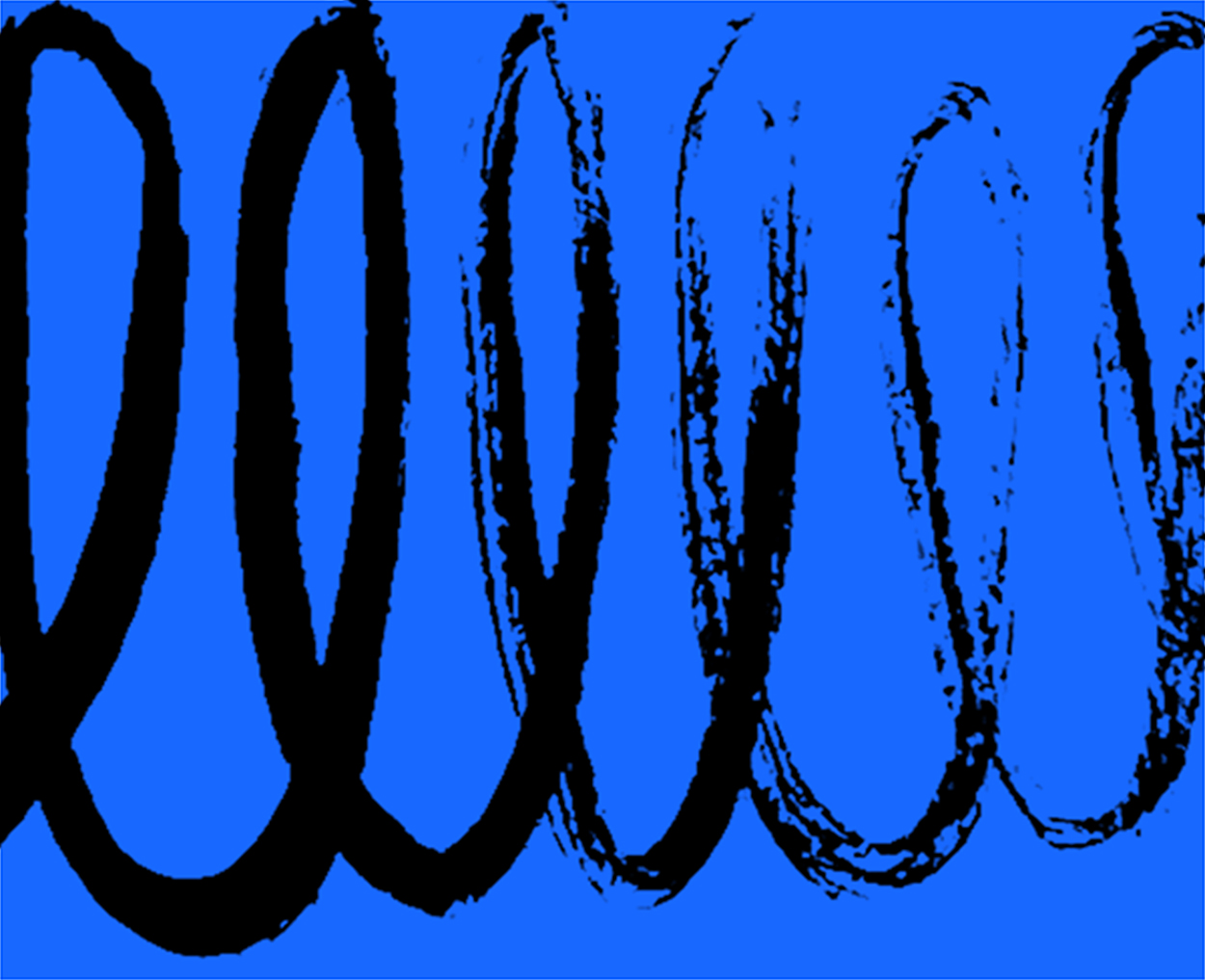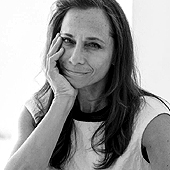
November 22, 2003
On Visual Empathy
In her profile of the American painter John Currin in last Sunday’s New York Times Magazine, critic Deborah Solomon examines the somewhat quixotic appeal of “tradition” suggesting that “virtuosity can be the source of emotionally raw art, a message that goes against the radicalism of the last century.”
It’s an intriguing argument: classicism as the new cool.
But beyond this, Solomon offers a more sobering thought still: is “emotionally raw” what we aspire to when we look at, or better yet, make art? Let me assume for the sake of argument, here, that “design” can be considered interchangeably in this equation as I turn to another Times piece: this one an editoria that considers the powerful “appeal to the emotions” raised by the eight 9.11 memorial designs which were presented this past Thursday in New York.
Interestingly, the editorial identifies documentary records (arguably, “ephemeral” evidence) as the principal supply of factual material with which future generations will learn about this tragedy. (Obviously, not so ephemeral after all, and newspapers and transcripts have long performed this service.) But the commentary here focuses on something much more ephemeral than paper: the memorial, it suggests, is a public expression of a private memory, “a way of arranging space and light and imagination so something more than the past is evoked.” Completely intangible, this “memorial for our collective loss” should, by all indications, resist being trapped by specificity.
Reports on this hugely delicate topic vary, but all raise the idea of judging the emotional value of design; or evaluating design by its emotional value, or applying emotional characteristics to design in some way: notes Christopher Hawthorne in Slate: “This is a dangerous way to judge architecture, but it’s an even more dangerous way to think about memorials.” Obviously, not everything makes as “overt an appeal to our emotions” as the 9/11 memorial, but it raises an interesting point, I think. John Currin may come across as bombastic when he argues that “progressive ideas are just a machine for ruining art,” but he’s right about the fact that being progressive for its own sake rarely succeeds in anything that truly endures. “A masterpiece, by definition,” writes Solomon, “is supposed to be a consummate example of some kind of skill,” and while we can not all lay claim to Currin’s gift, we can appreciate, I think, the specificity with which he captures a kind of forgotton form: figurative, familiar, occasionally disturbing, emotionally resonant. (I did find it comical that such a representative painter held such disdain for photography, however.)
Is it possible, perhaps, that we need some specificity before we remove ourselves, as viewers and readers, into the more abstract provinces of our imagination? For designers, this presents an unusual challenge: how clear is too clear? Can information be more evocative if it is less clear? When I see students designing books that intentionally obfuscate information because they want the reader to work a little harder, do they know something I don’t? (When I see cheaply-made American flags emblazoned on cars as a deeply personal expressions of patriotic zeal, why do I flinch?) And when I read in the Times that civillians are pleading for a resistance to specificity in their commemorative architecture, are they telling us quite simply to be less didactic in our visualization of public form?
Odd, in a way, that this brief but eloquent message about hope and spirit, about emotional resonance and visual triumph — was buried on the penultimate page of a Thursday newspaper. But in a world besieged by unpredictable atrocities, perhaps we all feel a little emotionally raw. In this view, an appeal to visual empathy may be just we need.
Observed
View all
Observed
By Jessica Helfand
Related Posts

Business
Courtney L. McCluney, PhD|Essays
Rest as reparations: reimagining how we invest in Black women entrepreneurs

Design Impact
Seher Anand|Essays
Food branding without borders: chai, culture, and the politics of packaging

Graphic Design
Sarah Gephart|Essays
A new alphabet for a shared lived experience

Arts + Culture
Nila Rezaei|Essays
“Dear mother, I made us a seat”: a Mother’s Day tribute to the women of Iran
Recent Posts
Courtney L. McCluney, PhD|Essays
Rest as reparations: reimagining how we invest in Black women entrepreneurs Food branding without borders: chai, culture, and the politics of packaging Why scaling back on equity is more than risky — it’s economically irresponsible Beauty queenpin: ‘Deli Boys’ makeup head Nesrin Ismail on cosmetics as masks and mirrorsRelated Posts

Business
Courtney L. McCluney, PhD|Essays
Rest as reparations: reimagining how we invest in Black women entrepreneurs

Design Impact
Seher Anand|Essays
Food branding without borders: chai, culture, and the politics of packaging

Graphic Design
Sarah Gephart|Essays
A new alphabet for a shared lived experience

Arts + Culture
Nila Rezaei|Essays

 Jessica Helfand, a founding editor of Design Observer, is an award-winning graphic designer and writer and a former contributing editor and columnist for Print, Communications Arts and Eye magazines. A member of the Alliance Graphique Internationale and a recent laureate of the Art Director’s Hall of Fame, Helfand received her B.A. and her M.F.A. from Yale University where she has taught since 1994.
Jessica Helfand, a founding editor of Design Observer, is an award-winning graphic designer and writer and a former contributing editor and columnist for Print, Communications Arts and Eye magazines. A member of the Alliance Graphique Internationale and a recent laureate of the Art Director’s Hall of Fame, Helfand received her B.A. and her M.F.A. from Yale University where she has taught since 1994.